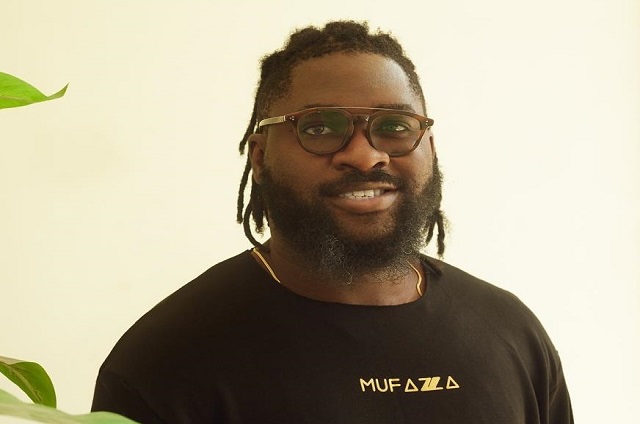Accessibility has long been treated as a parallel track in product development: a checklist of alternative features built for “other” users. But this approach often stigmatizes and isolates. The future of accessibility is invisibility, experiences where neurodiverse users can thrive without needing a “separate door.”
BOLUWATIFE SOKUNBI has been an advocate for this way of thinking, building products where accessibility happens naturally as part of the experience. His fundamental belief: if it’s inclusive, it works for all, not just the folks it was designed for.
For example, when designing onboarding flows, Boluwatife has led the way in practices reducing cognitive load: chunking into simpler steps, using progressive disclosure, and designing layouts to remove distractions. These shifts produce more convenient navigation for neurodiverse users, but they increase completion rates for all users, especially new users.
Similarly, his work on content presentation stresses multiple channels of clarity, coupling visual hierarchy with subtle motion cues and unambiguous iconography. Such affordance makes interfaces more intuitive for dyslexics or individuals with ADHD, yet it also reduces errors for busy professionals multitasking on the go.
When designing onboarding flows, Boluwatife has led the way in practices reducing cognitive load: chunking into simpler steps, using progressive disclosure, and designing layouts to remove distractions.
Above all, Boluwatife discounts the idea of accessibility having to be bolted on. He frames it as a design ethic: products should work for the edge case by default, because that design will scale back gracefully to the mainstream. By embedding accessibility into the system itself, he ensures that neurodiverse users don’t need to request “special modes”, they are simply included.
This mindset pushes product design forward. Rather than address accessibility as a compliance factor, Boluwatife addresses it as a catalyst for competitive differentiation. Invisible, seamless accessibility creates more flexible, smarter experiences that elevate whole user ecosystems.

